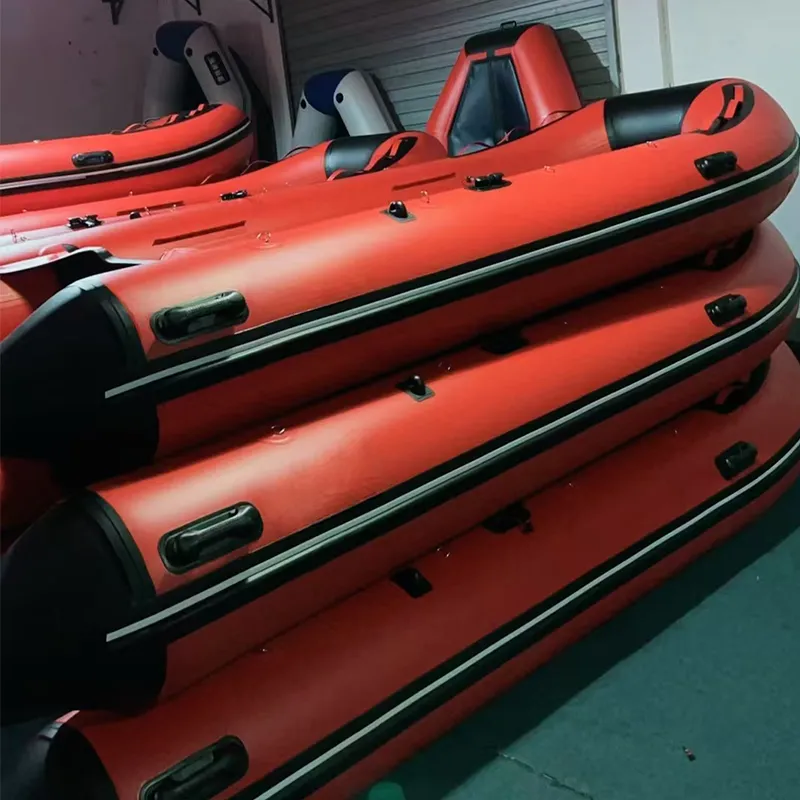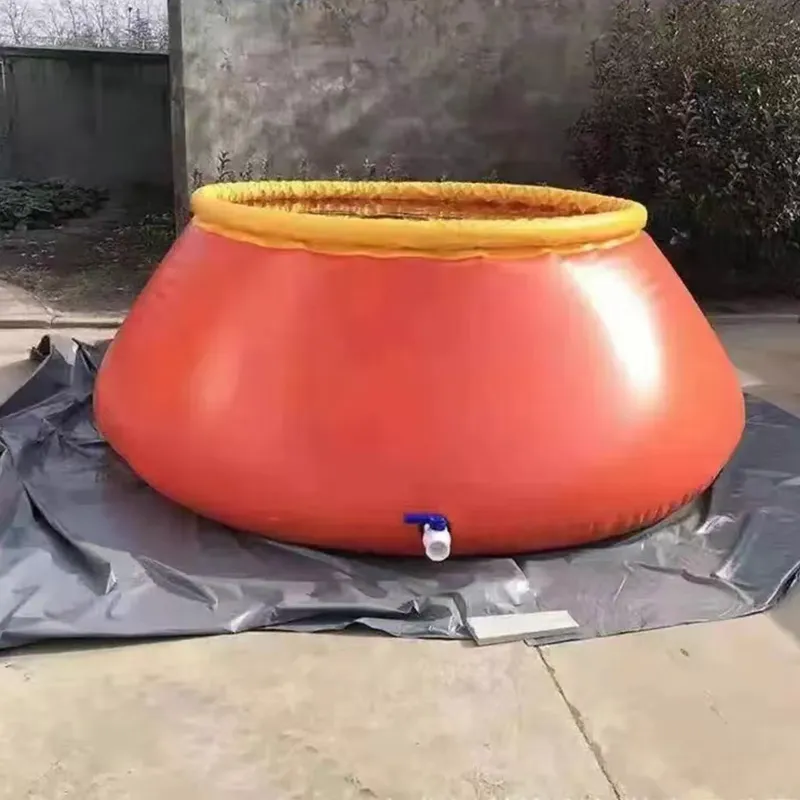

5. Guillemin Couplings Predominantly used in France and neighboring regions, Guillemin couplings feature a symmetrical claw design, providing a fast connection similar to Storz couplings. They are widely respected for their ease of use and efficiency, particularly in firefighting operations and industries transporting hazardous materials. 6. Camlock Couplings Camlock, or cam and groove couplings, are known for their quick, reliable connects and disconnects without the need for additional tools or threading. These couplings are extremely versatile and find applications in numerous industries, including firefighting, because they provide fast and leak-proof connections under both high and low pressure. The choice of fire hose coupling influences operational efficiency, water pressure, and overall safety. In emergency scenarios, every second is critical. Hence, the ability to quickly connect hoses to various water outputs and firefighting appliances directly affects outcomes. The International Fire Service Training Association (IFSTA) highlights the importance of compatibility testing and maintenance checks on these couplings, which can save valuable time in crises and prevent mechanical failures. Training personnel to understand the distinctions and operations of various fire hose connections is vital for maintaining readiness and ensuring successful operations. Regular maintenance checks and peer reviews help ensure that these components remain in optimal working condition, reducing risks of leaks or connection failures. Organizations concerned with fire safety need to evaluate their equipment needs against industry standards and regional specifications. Selecting the appropriate type of fire hose connection not only facilitates compliance with local and international standards but also enhances the trustworthiness and reliability of firefighting efforts. Ultimately, knowledge and proper application of these connections empower firefighters and emergency response teams, securing safety in both commercial, residential, and industrial settings.





















